This post will show you 21 Eco-Conscious Decor Trends To Watch In 2025
The world of home decor is becoming increasingly eco-conscious. People are prioritizing sustainability without compromising on style, embracing trends that reflect a deeper respect for nature and mindful living.
From the rise of biodegradable materials and upcycled furniture to nature inspired color palettes and energy efficient designs, these trends are all about creating a balance between beauty and environmental responsibility.
Organic textiles, reclaimed wood, and botanical elements are making homes greener and more inviting, while innovative technologies are ensuring smarter, eco-friendly choices.
As awareness grows, eco-conscious decor isn’t just a fleeting trend it’s the future of interior design. This guide will show you the top 21 trends to watch in 2025, inspiring you to make thoughtful choices that benefit both your living space and the planet.
21 Eco-Conscious Decor Trends To Watch In 2025
1. Biodegradable Materials
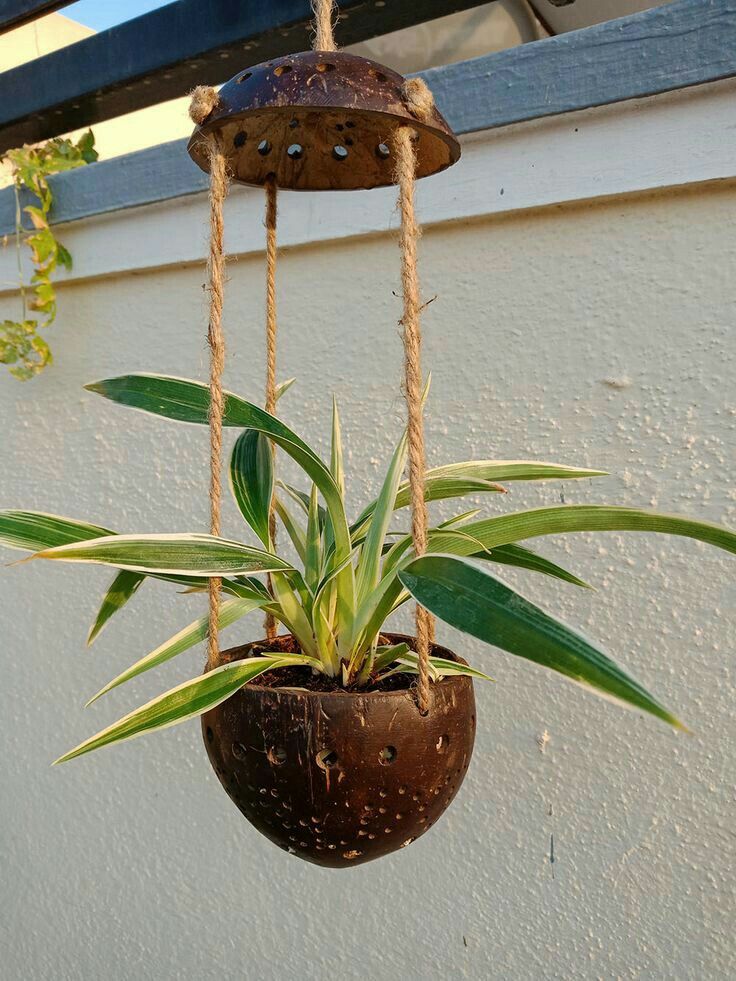
Traditional home decor often includes plastics and non-recyclable materials that contribute to landfill waste. In 2025, biodegradable materials such as bamboo, cork, jute, and organic cotton will be in high demand.
These materials decompose naturally without polluting the environment. Bamboo furniture, cork flooring, and jute rugs offer stylish yet sustainable alternatives that align with eco-conscious living.
2. Upcycled Furniture
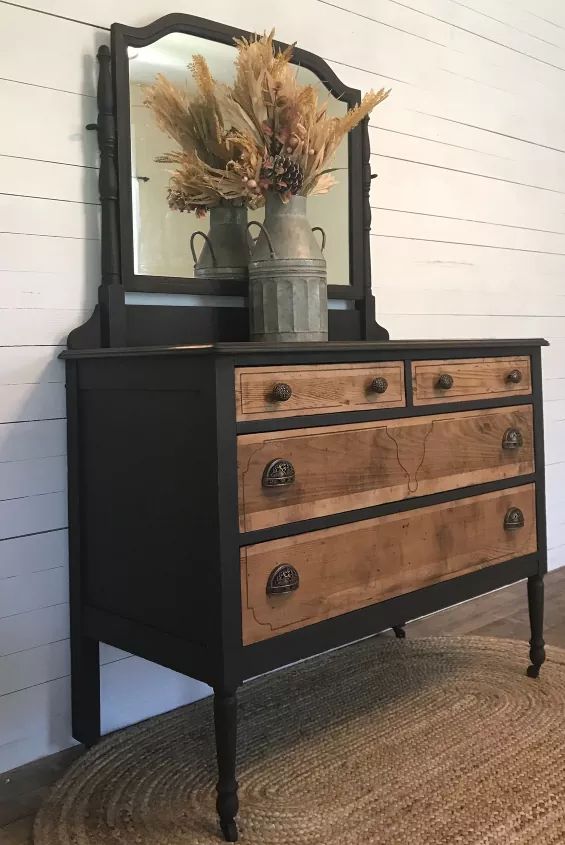
Upcycling is a creative and sustainable approach to interior design. Instead of discarding old furniture, homeowners are finding innovative ways to transform them into functional and stylish pieces.
An old wooden dresser can be converted into a chic bathroom vanity, while reclaimed doors can become statement headboards. This trend not only reduces waste but also adds unique character to living spaces.
3. Natural Color Palettes
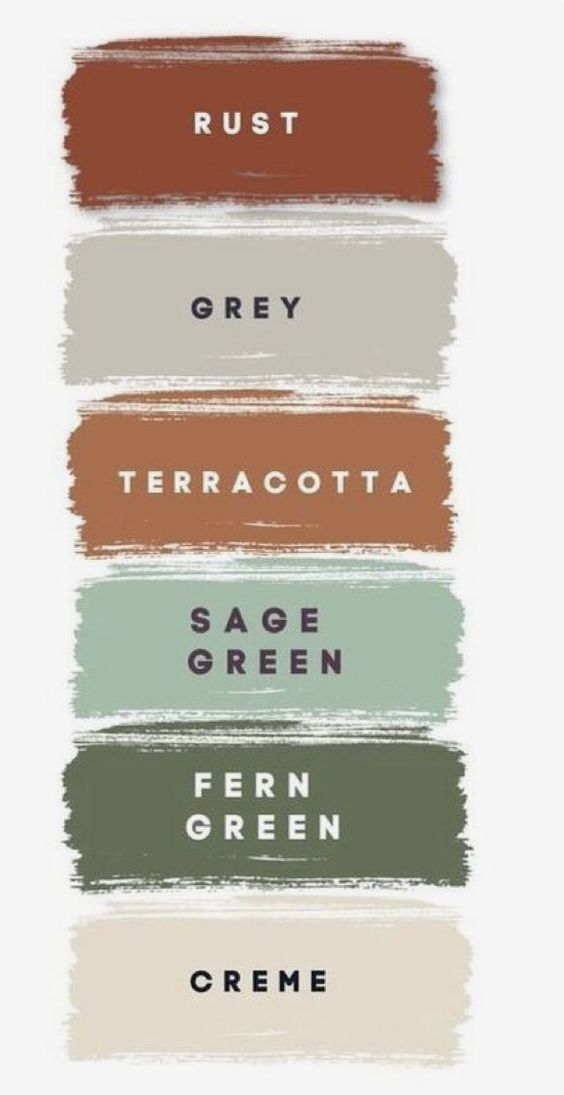
Earthy and nature-inspired color palettes are set to dominate interiors in 2025. Shades like sage green, terracotta, warm browns, and soft beiges create a soothing and organic ambiance.
These colors complement natural materials like wood and linen, reinforcing the connection between home decor and the natural world.
4. Energy-Efficient Lighting
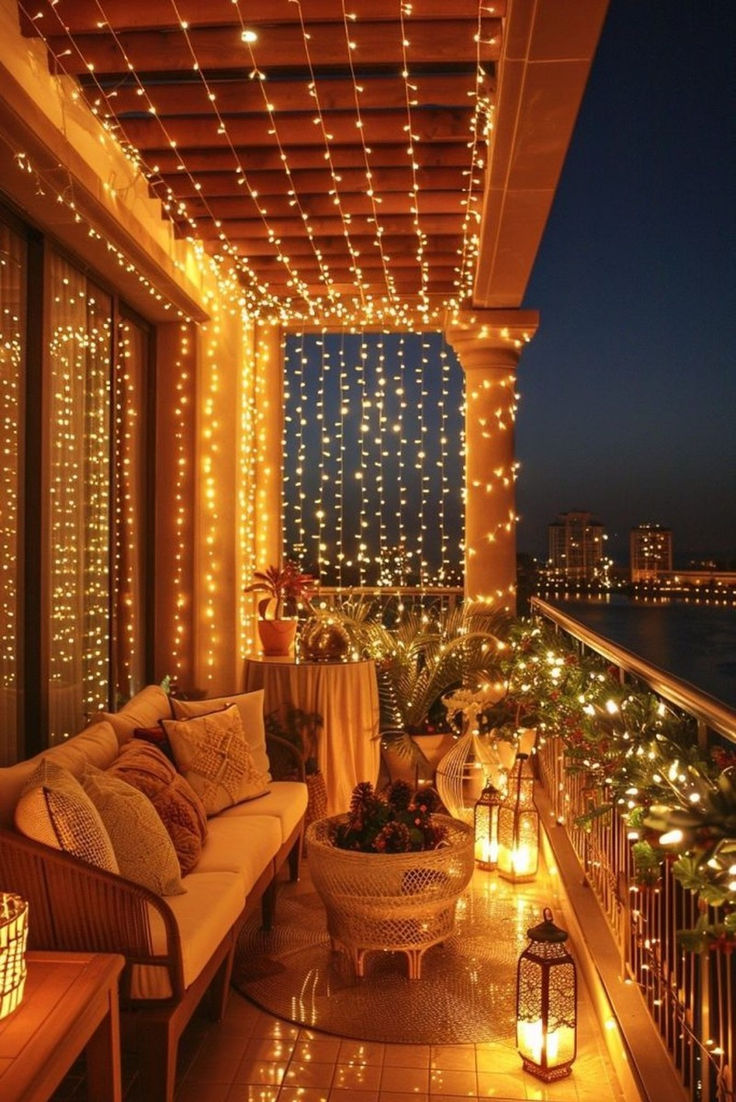
Energy consumption is a major concern in home design. In 2025, LED lighting, solar-powered lamps, and smart lighting systems will become household staples.
Smart lighting allows homeowners to control brightness and timing via mobile apps, reducing unnecessary energy use. Motion-sensor lighting in hallways and outdoor areas further minimizes electricity waste.
5. Organic Textiles
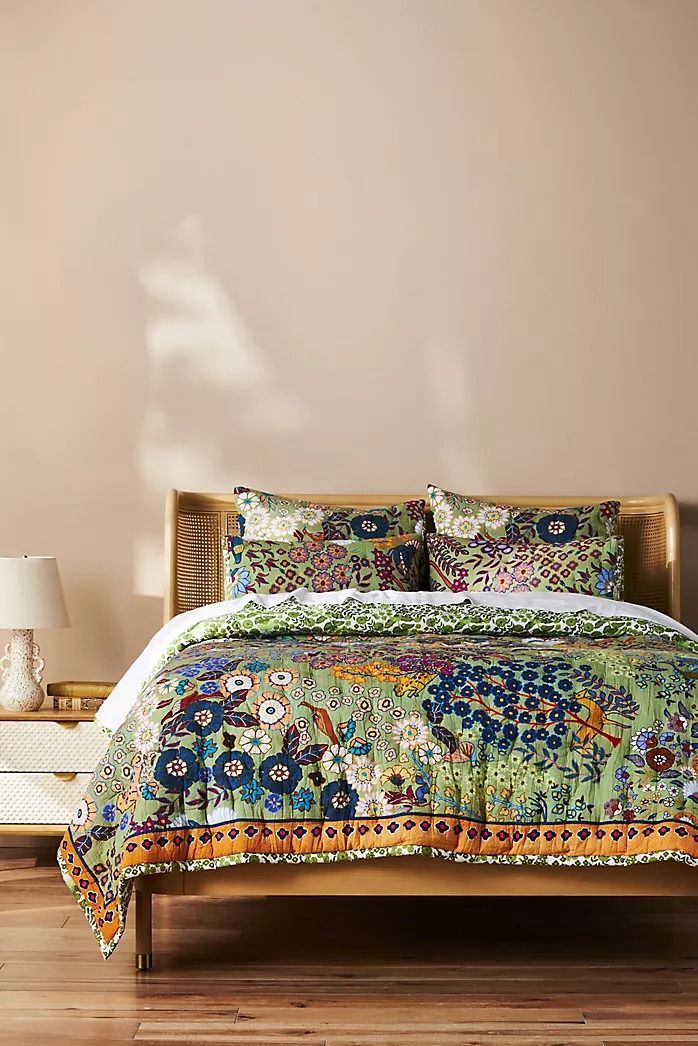
The demand for synthetic fabrics is decreasing as homeowners opt for organic textiles such as organic cotton, linen, hemp, and TENCEL. These fabrics are free from harmful chemicals, pesticide-free, and biodegradable.
Curtains, bedding, and upholstery made from organic textiles promote healthier indoor air quality and reduce environmental impact.
6. Reclaimed Wood Accents
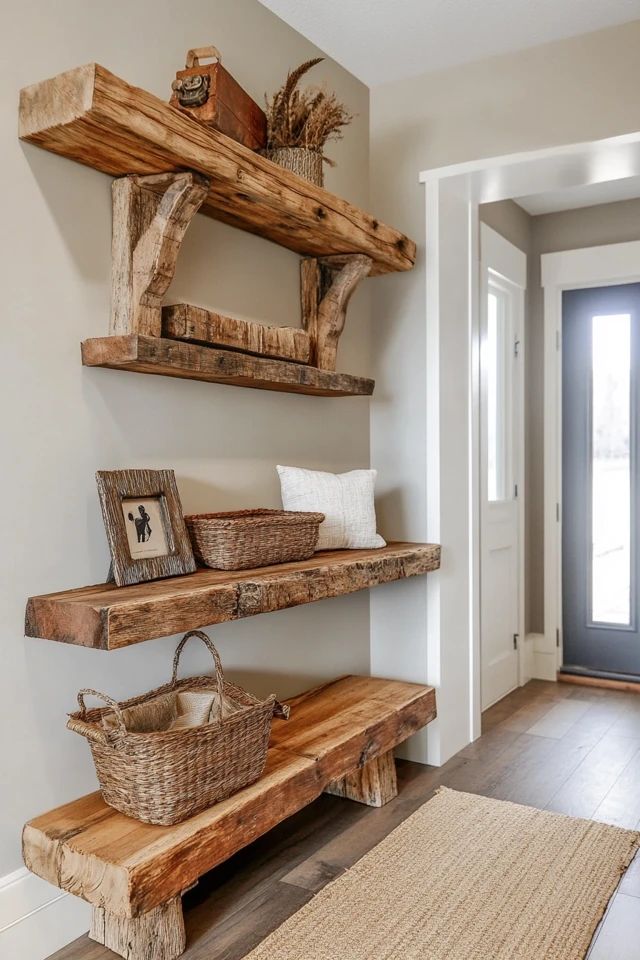
Reclaimed wood is being repurposed into dining tables, shelves, flooring, and accent walls. By using salvaged wood from old buildings, barns, and boats, homeowners can reduce deforestation while embracing rustic aesthetics.
The unique weathered look of reclaimed wood adds depth and character to any space.
7. Living Walls and Vertical Gardens
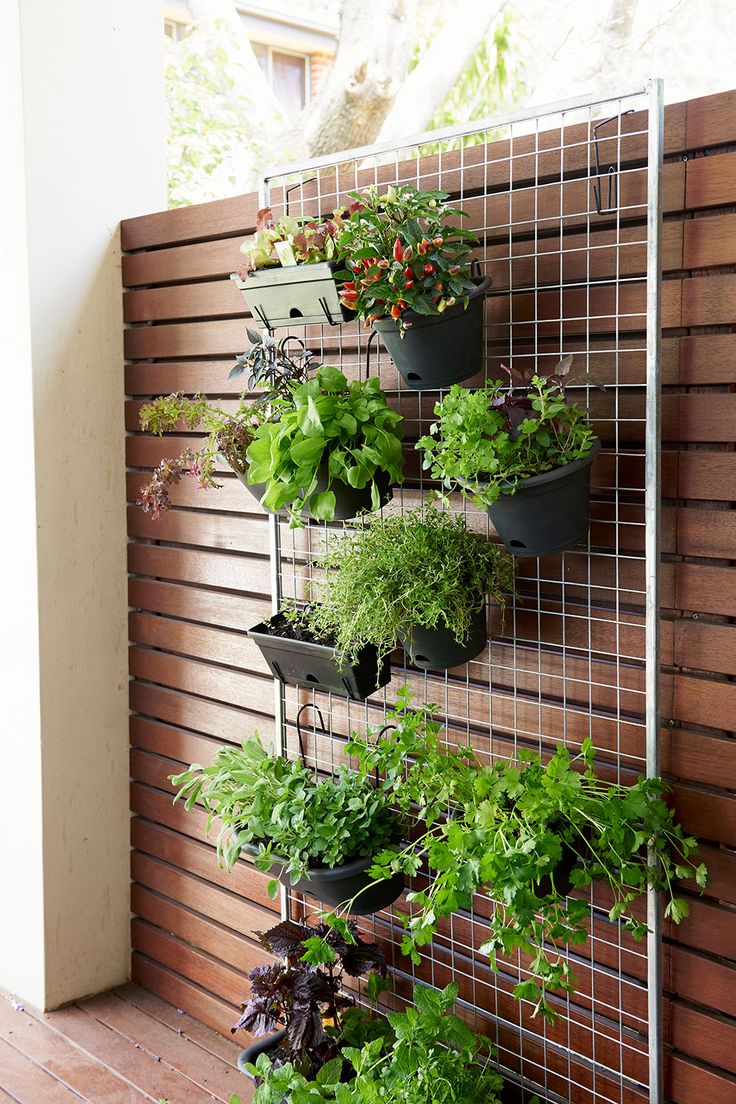
Indoor gardens are an innovative way to enhance home aesthetics while purifying the air. Living walls and vertical gardens incorporate greenery into interiors without taking up floor space.
These installations use self-watering systems, reducing water waste and making plant care more convenient.
8. Smart Home Automation
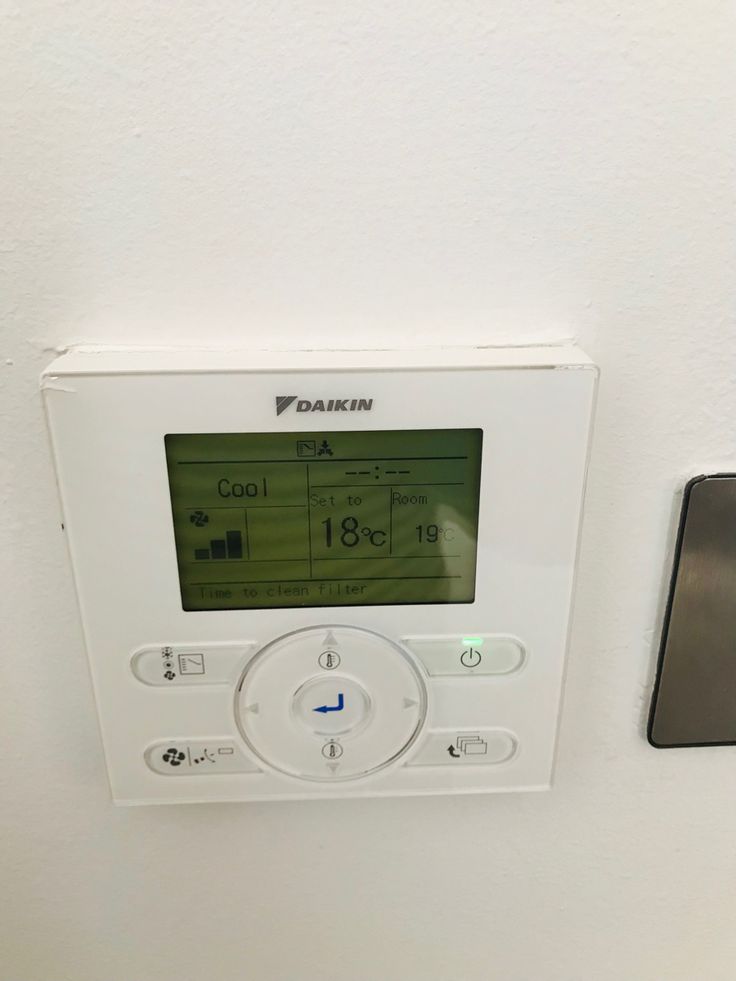
Smart technology is revolutionizing sustainable living. Automated thermostats, smart blinds, and energy-efficient appliances help regulate indoor climate and reduce excessive energy use.
For example, a smart thermostat learns a homeowner’s schedule and adjusts heating and cooling accordingly, saving energy while maintaining comfort.
9. Water-Saving Fixtures

With water conservation becoming crucial, eco-conscious homes are incorporating low-flow faucets, dual-flush toilets, and water-efficient showerheads.
These fixtures significantly reduce water waste while maintaining performance. Rainwater collection systems are also gaining popularity for outdoor irrigation.
10. Sustainable Flooring
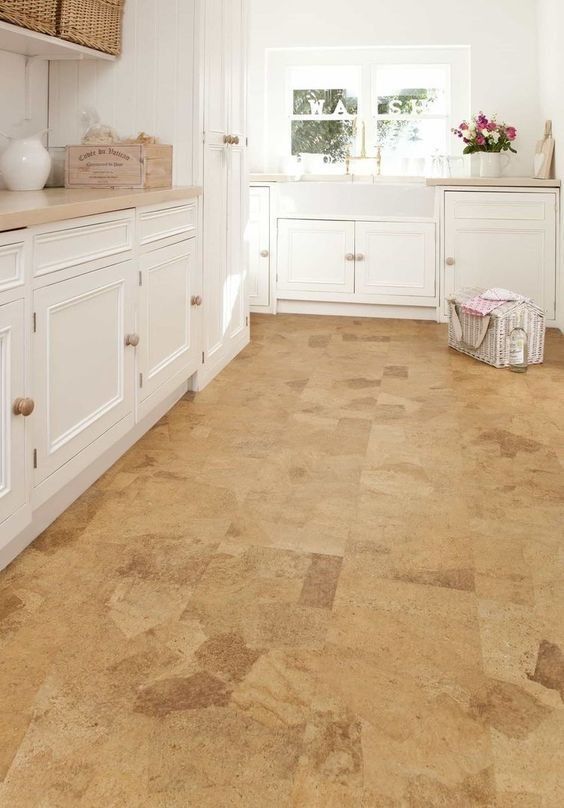
Traditional flooring materials, such as vinyl and synthetic carpets, contribute to environmental degradation.
In contrast, sustainable flooring options like bamboo, cork, and recycled wood are renewable, non-toxic, and durable. Recycled tiles made from glass or ceramic further promote eco-friendly flooring choices.
11. Solar-Powered Decor
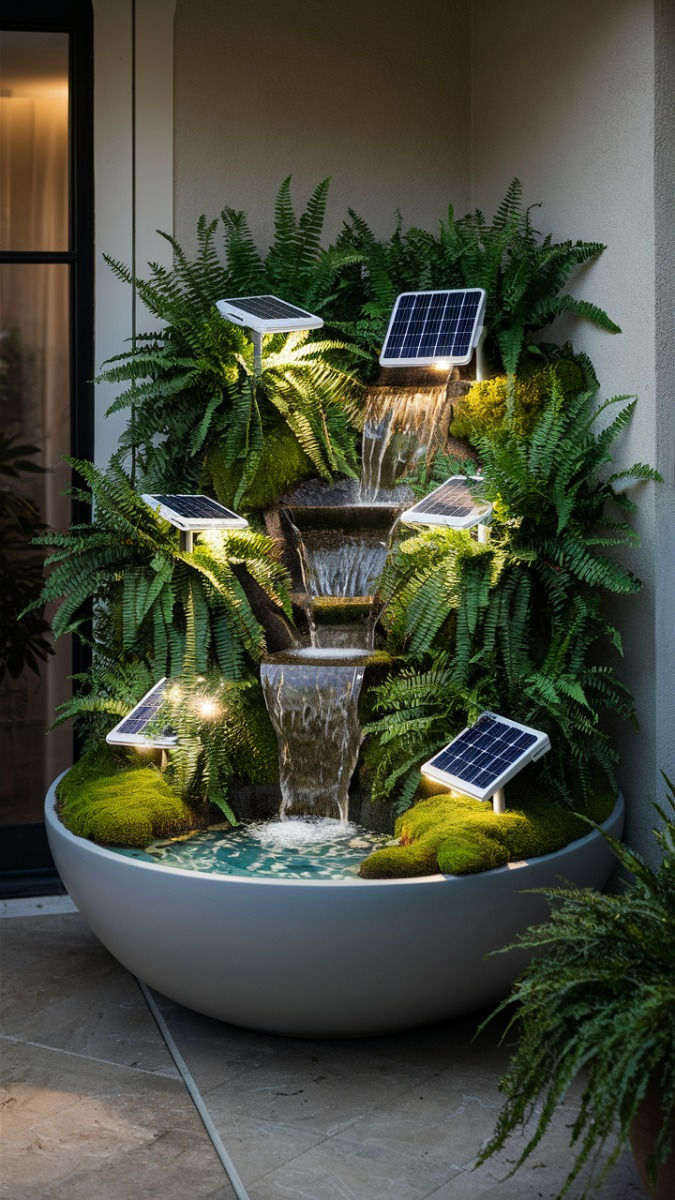
Solar technology is expanding beyond rooftop panels to include decor elements like solarpowered outdoor lights, garden lanterns, and even indoor solar lamps. These solutions harness renewable energy, reducing reliance on electricity grids and lowering utility bills.
12. Nature-Inspired Art
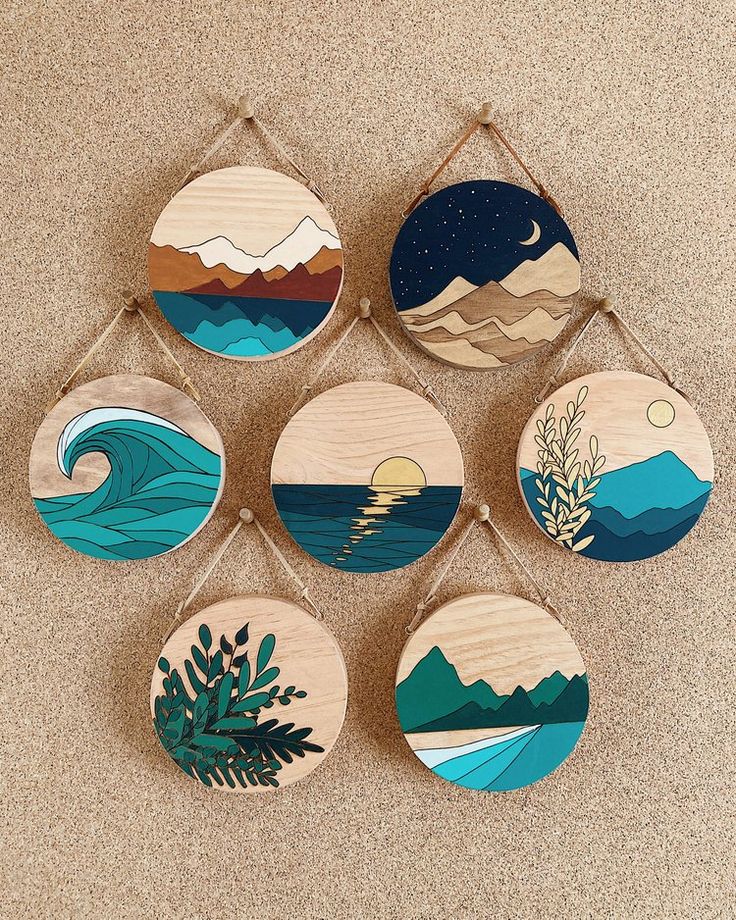
Artwork inspired by nature is a growing trend in 2025. Homeowners are gravitating toward botanical illustrations, landscape paintings, and wall decor made from natural materials.
Textured wall art featuring pressed flowers, dried leaves, and wooden carvings further integrates nature into home decor.
13. Minimalist Decor
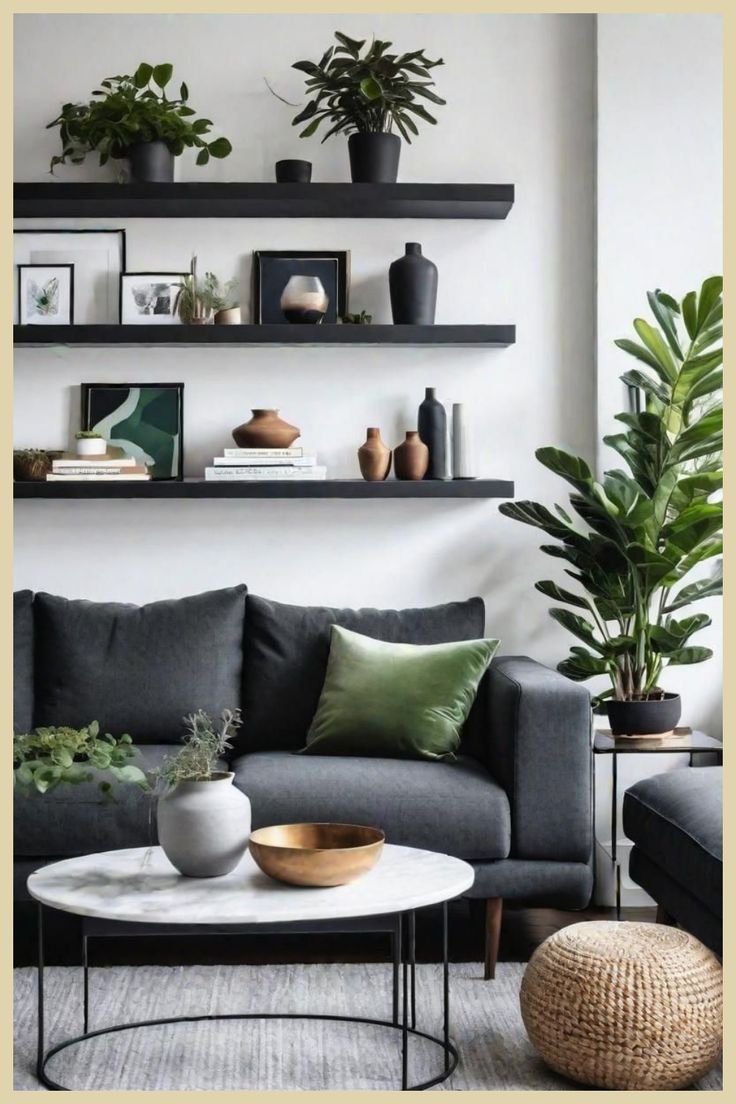
Minimalism encourages intentionality and reduces overconsumption. Instead of accumulating excess decor items, minimalist interiors focus on high-quality, timeless pieces that serve a purpose. Decluttering not only creates a serene environment but also minimizes unnecessary waste.
14. Natural Stone Surfaces
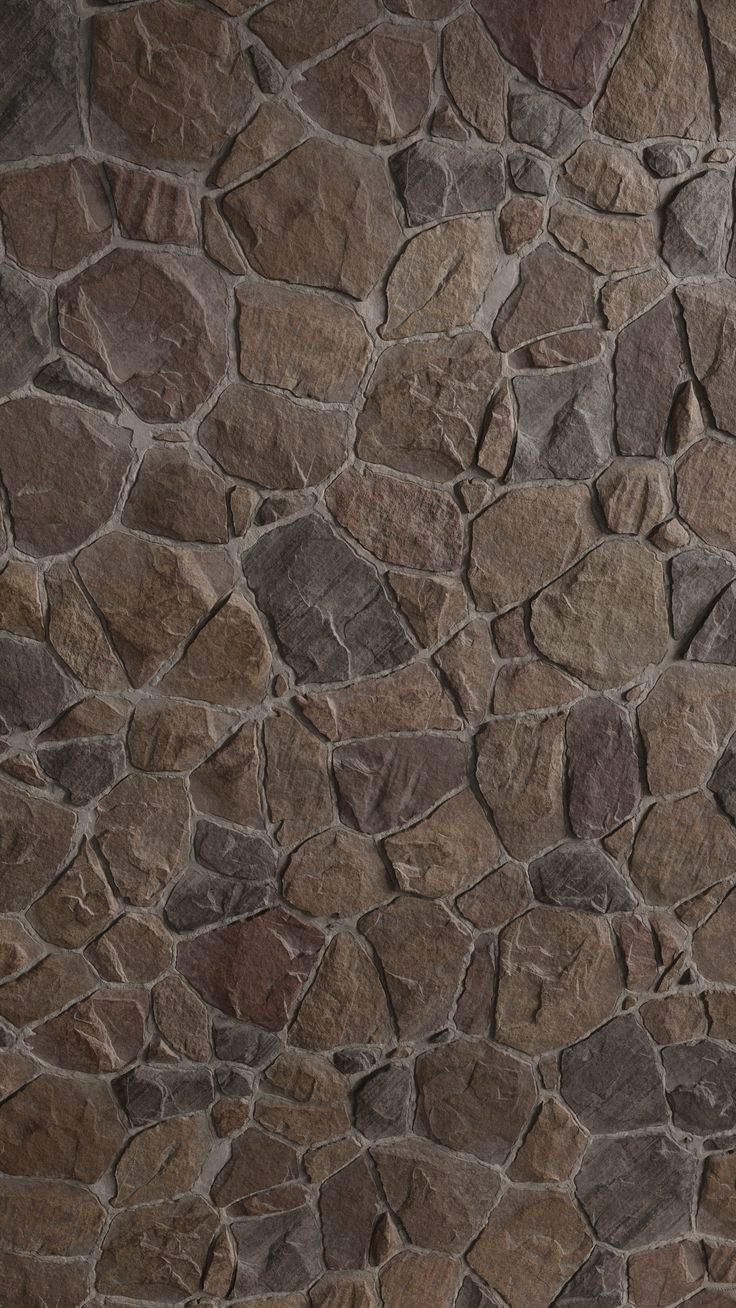
Sustainably sourced stone materials like marble, granite, travertine, and slate are making a comeback in home design. These materials require minimal processing and are long-lasting, making them an eco-friendly choice for countertops, backsplashes, and flooring.
15. Low-VOC Paints
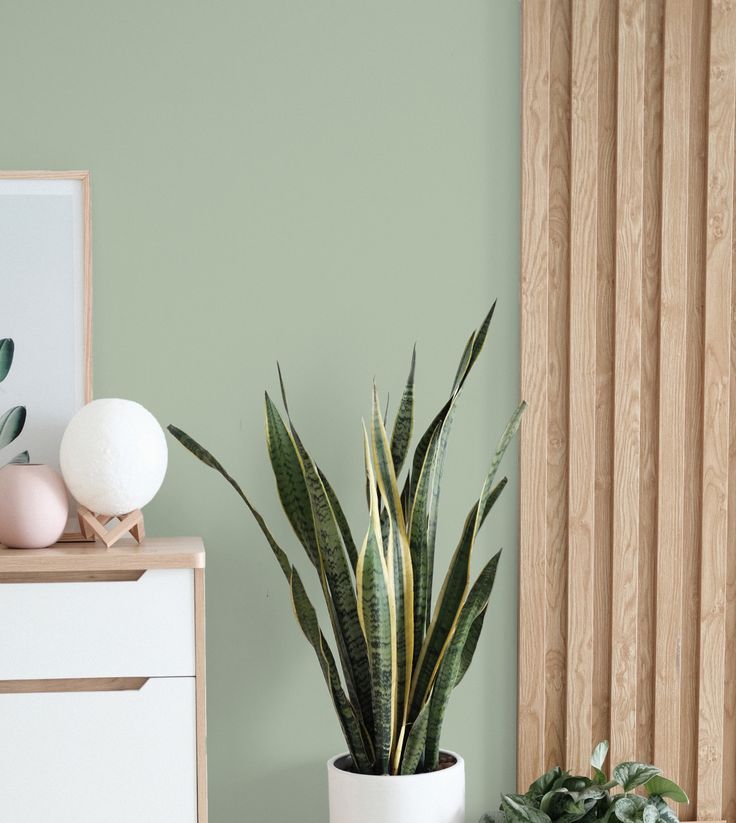
Traditional paints release volatile organic compounds (VOCs), which contribute to indoor air pollution. Low-VOC and zero-VOC paints eliminate harmful chemicals, improving air quality and creating a healthier living environment.
Eco-friendly brands now offer a wide range of colors without compromising on safety.
16. Handmade and Artisanal Pieces
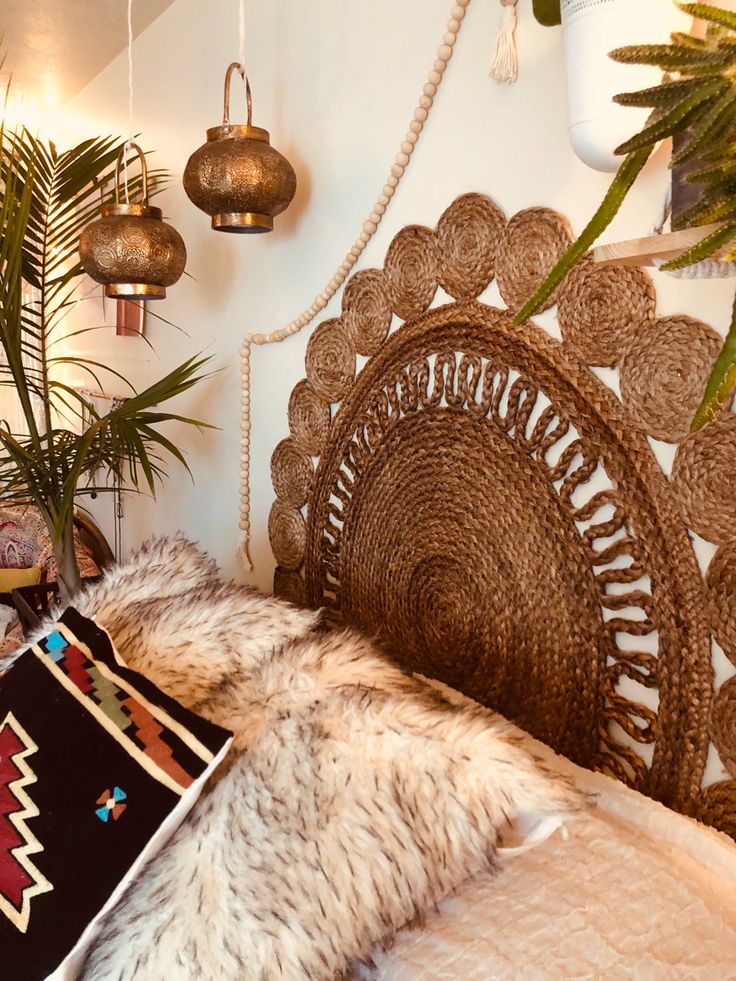
Supporting local artisans and craftspeople not only fosters sustainability but also brings authenticity to home decor. Handmade ceramics, woven baskets, and hand-carved furniture reduce reliance on mass production, which often generates excessive waste and pollution.
17. Composting Stations
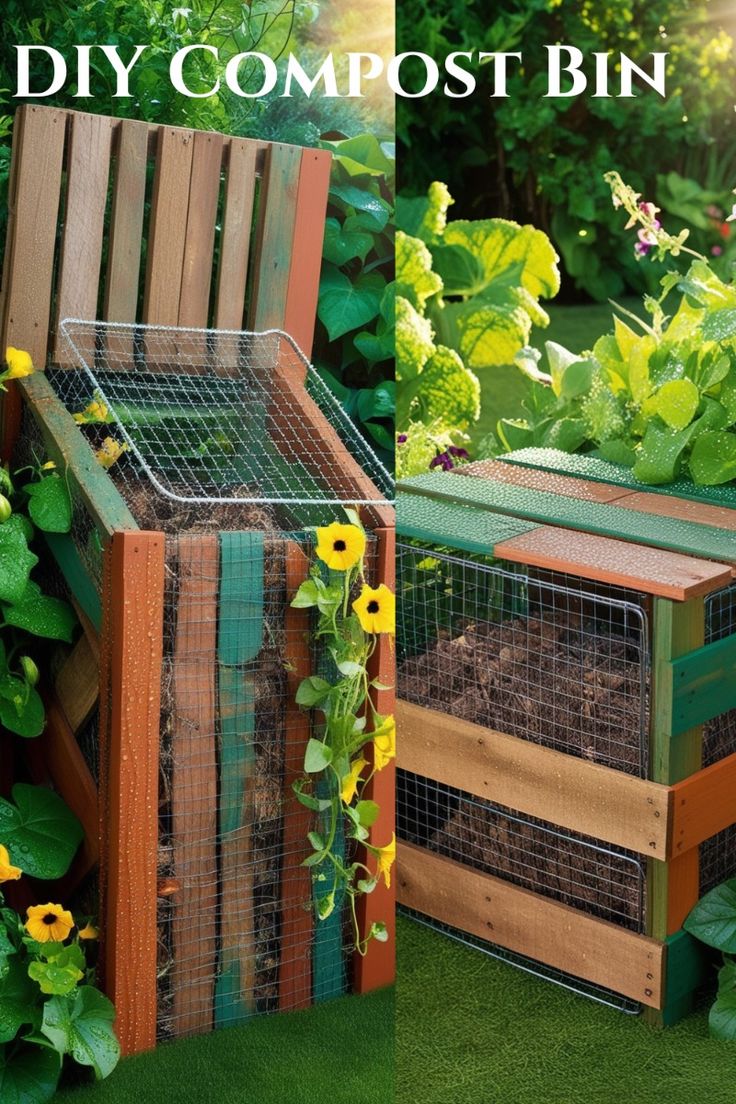
Composting is becoming an essential part of eco-conscious kitchens. Countertop compost bins and outdoor composting stations make it easier to recycle food scraps and create nutrient-rich soil for gardening.
This practice significantly reduces household waste and promotes sustainable gardening.
18. Modular and Multi-Functional Furniture
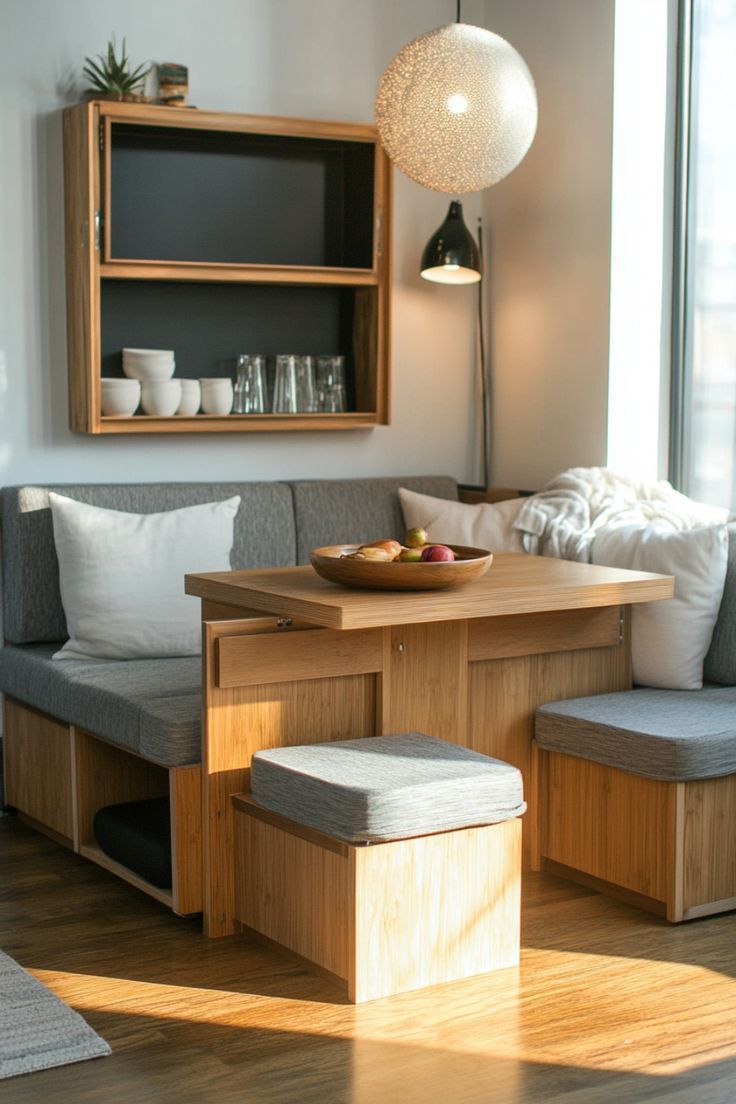
Furniture that adapts to various needs is gaining popularity in 2025. Multi-functional pieces like sofa beds, extendable dining tables, and stackable chairs maximize space while reducing the need for excess furniture.
This approach minimizes resource consumption and enhances practicality.
19. Eco-Friendly Outdoor Spaces
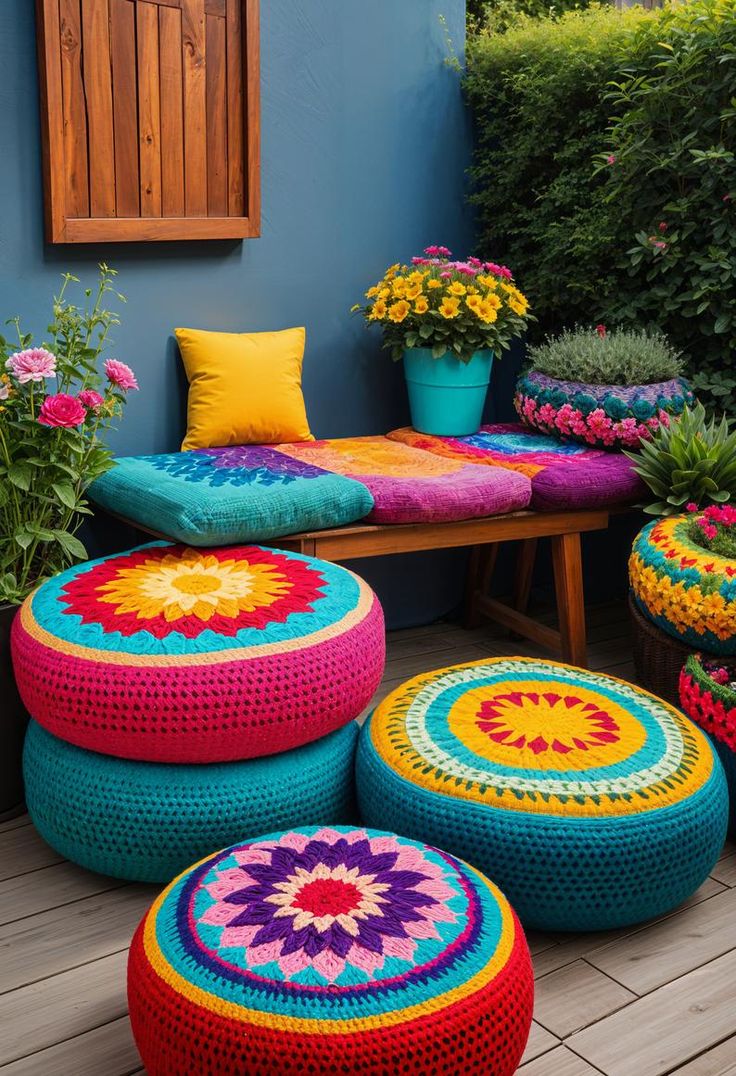
Sustainable landscaping emphasizes the use of native plants, natural stone pathways, and reclaimed wood furniture. Native plants require less water and maintenance, promoting biodiversity while conserving resources.
Additionally, fire pits made from repurposed materials add warmth and ambiance to outdoor spaces.
20. Air-Purifying Plants
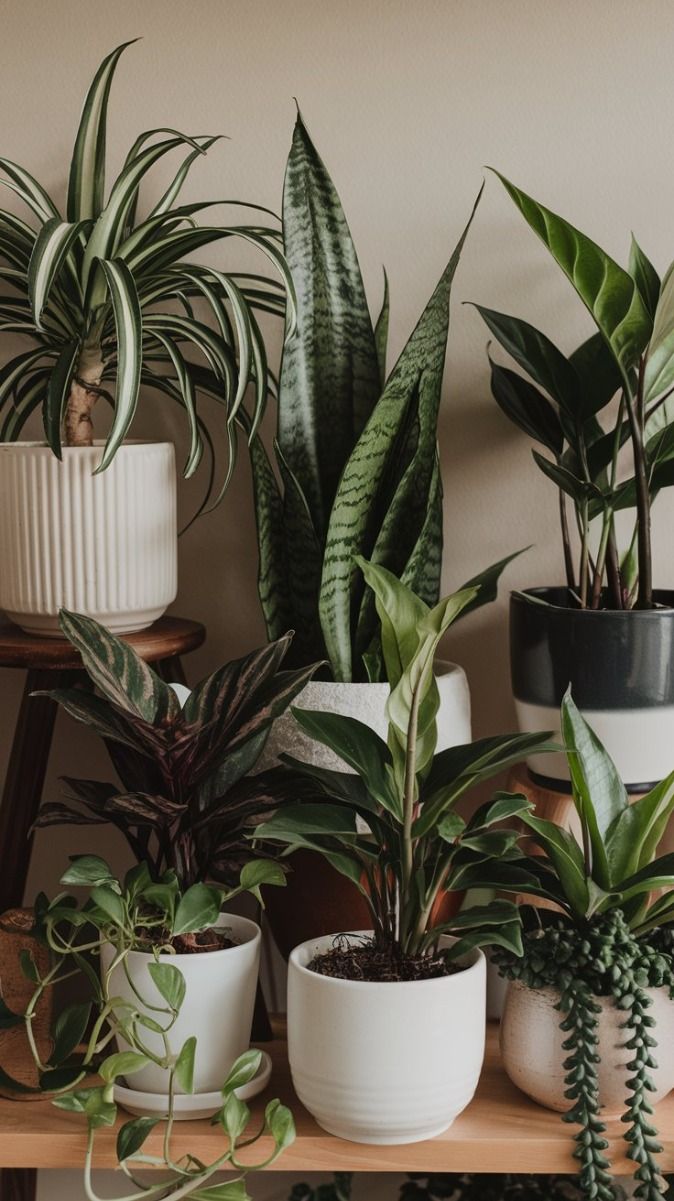
Houseplants not only enhance aesthetics but also improve indoor air quality. Plants like peace lilies, snake plants, pothos, and spider plants absorb toxins and increase oxygen levels.
Incorporating greenery into home decor supports a healthier and more refreshing living environment. This is one of the best eco-conscious decor trends to watch in 2025
21. Zero-Waste Kitchens
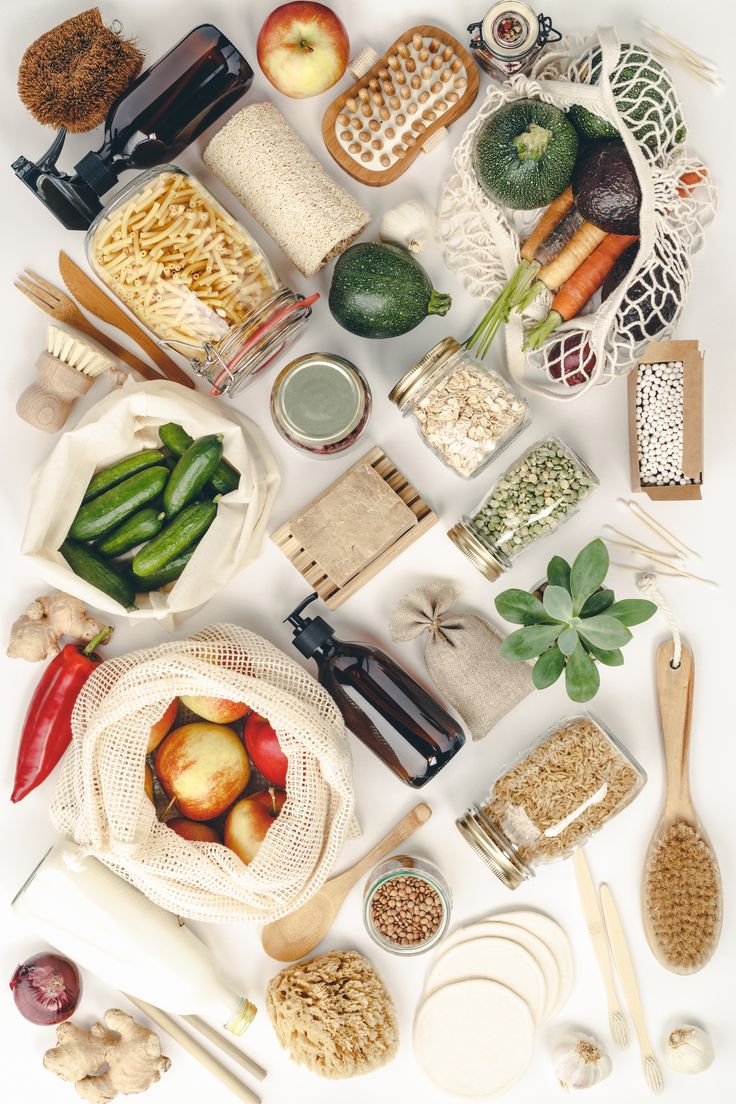
Sustainable kitchens focus on reducing plastic waste, using reusable storage containers, and incorporating energy-efficient appliances.
Beeswax wraps replace plastic cling film, while glass jars and metal straws contribute to a waste-free lifestyle. Composting food scraps and buying in bulk further minimize environmental impact.
Eco-conscious decor trends in 2025 prioritize sustainability, energy efficiency, and waste reduction. Whether through biodegradable materials, smart home automation, or reclaimed wood accents, these trends promote a more responsible approach to interior design. By embracing these practices, homeowners can create stylish, functional, and environmentally friendly spaces that contribute to a greener future.
Are you ready to transform your home with sustainable decor? Start small by incorporating a few eco-friendly elements and gradually build towards a fully sustainable living space.
You may also like:
35 Budget-Friendly Recycled Decor Ideas for Every Room
20 Sustainable Decor Tips To Lower Your Environmental Impact
25 Eco-Friendly Home Decor Ideas For A Greener Home
30 Stylish Ways To Decorate With Natural Elements